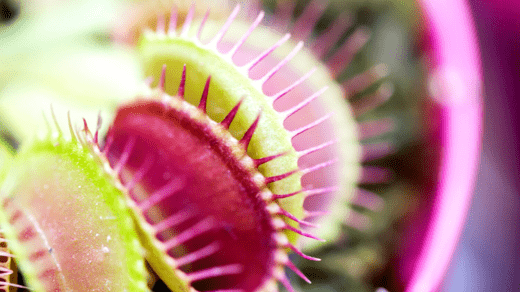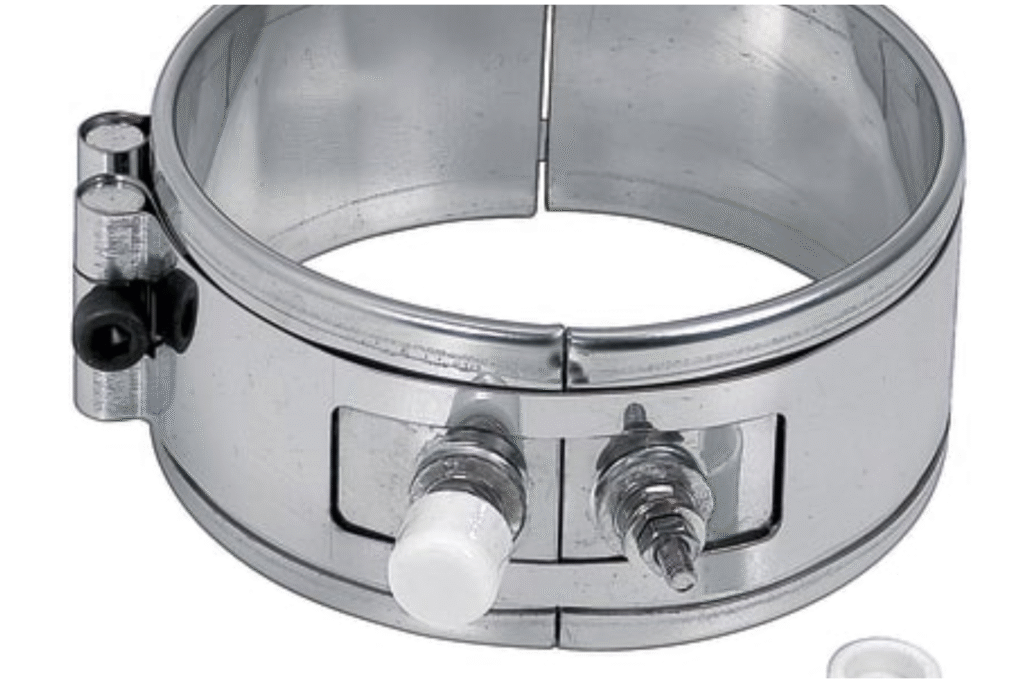
Carnivorous plants, such as Venus flytraps, pitcher plants, and sundews, often require distilled or purified water to thrive because they are sensitive to the minerals and chemicals found in tap water. Here’s how to make distilled water for your carnivorous plants:
Materials You’ll Need:
- Tap water
- A large pot with a lid
- A smaller heatproof container
- Ice cubes or cold packs
- Stove or heating source
Instructions:
- Prepare the Large Pot:
- Choose a large pot with a lid. The lid will be used to collect the condensed distilled water.
- Place the Small Container Inside:
- Find a smaller heatproof container that can fit comfortably inside the large pot. It should be smaller than the pot’s diameter but large enough to hold a significant amount of water.
- Place this smaller container inside the large pot.
- Add Tap Water:
- Pour tap water into the large pot, filling it to a level just below the top of the smaller container. Be careful not to overflow the smaller container.
- Heat the Water:
- Turn on your stove or heating source and place the large pot with the smaller container filled with tap water on top.
- As the water heats up, it will begin to evaporate and turn into steam.
- Collect the Condensed Water:
- Place the lid of the large pot upside down over the pot so that the curved side faces the smaller container.
- As the steam rises, it will condense on the lid’s surface and then drip down into the smaller container. This condensed water is now distilled water.
- You can also place ice cubes or cold packs on top of the inverted lid to help speed up condensation.
- Monitor and Refill:
- Keep an eye on the process, ensuring that the smaller container doesn’t overflow. If necessary, you can remove the lid temporarily to empty the collected distilled water into a clean container.
- Cool and Store:
- Allow the collected distilled water to cool to room temperature.
- Once cooled, transfer the distilled water to a clean, airtight container for storage. Make sure the container is labeled as “distilled water” to avoid confusion.
- Use for Your Carnivorous Plants:
- You can now use the distilled water for watering your carnivorous plants. Be sure to keep the water in a clean container to prevent contamination.
By following these steps, you can produce distilled water at home to provide your carnivorous plants with the pure water they need to thrive without exposing them to the minerals and impurities often found in tap water.



